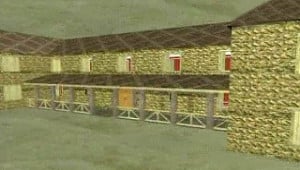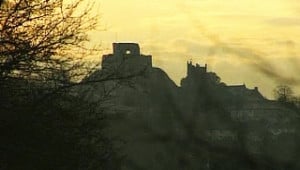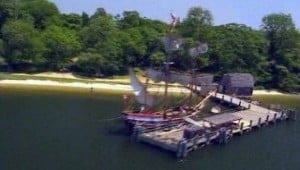
Filmed from 2 to 4 August 1996, this episode looks for a Roman villa that was first partially discovered 90 years before by William Hawley. Part of the site - a former army barracks - is covered in concrete, which at least protects what is underneath. But as they don't know exactly where the villa is, it could be a problem for both the diggers and the geophysics team. The team are joined by Duncan Coe (county archaeologist), Mark Corney (Roman buildings expert) and Lindsay Allason Jones (Roman finds). At the end of day two Lindsay supervises an al fresco Roman-style meal. By day three they have the bare outline of a very substantial, high-status building complete with mosaic floors and central heating. But then unfortunately the time runs out.

Filmed between 22 and 24 March 1996. A local landowner has discovered human bones while installing water pipes. It is known to be the site of a former leper hospital, and a major crossing between Devon and Cornwall. How much more can Time Team discover about it? Phil uncovers a complete skeleton which has received a Christian burial, and which Osteoarchaeologist Margaret Cox identifies as a young adult female. She also examines the bone fragments for signs of leprosy. Juliet Griffin makes a herbal poultice to dress the lepers' wounds. Robin Bush looks at the 13th century charter granted to the hospital.

Recorded between 17 and 19 May 1996, the team go to St. Mary's City in Maryland to work with American archaeologists to look for evidence of the city founded by English colonists in 1634. Different archaeological styles between American and British addressed, with the Time Team conducting geophys onsite for the first time. Finds: two buildings, including fort.